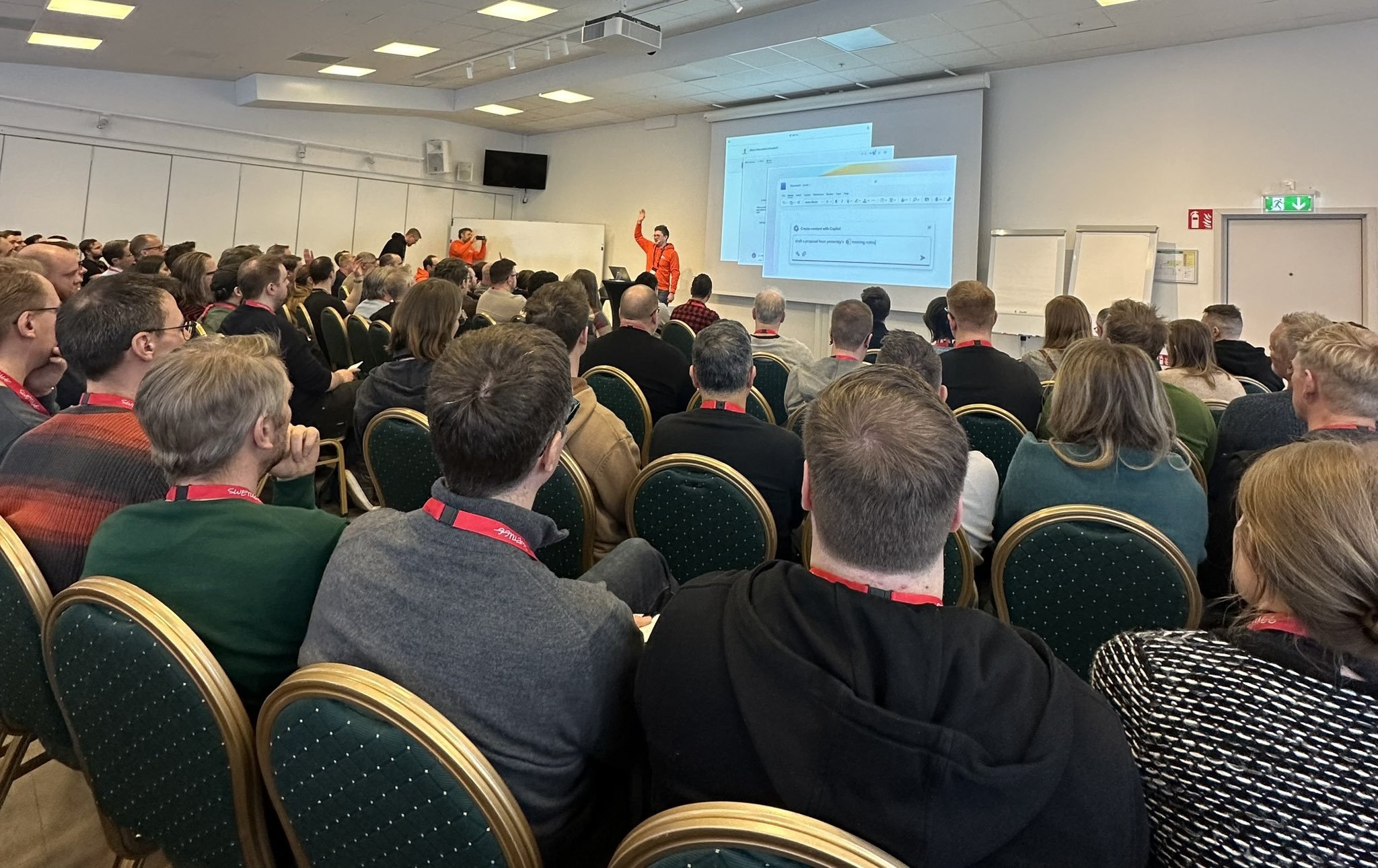
Active Solution Play
En hel del av den kunskap vi sprider spelas in. Här har vi samlat några guldkorn.

En hel del av den kunskap vi sprider spelas in. Här har vi samlat några guldkorn.

Chris Klug gäster Jetbrains livestream och pratar om Entity Framework.

Ok, so you know your Docker. You know how to create images and start containers. That’s cool, but where do we go from here? Well, all the cool kids are talking about Kubernetes and container orchestrators, and how they are like magic pixie dust to your applications. How they allow you to create solutions that are automatically load balanced, self-healing and even provides seamless rolling updates that allow you to release new versions with zero downtime. And knowing you, you probably want some of that too!
Honestly though, it isn’t magic, and It won’t “just work”! It can seem pretty close to magic though, but as long as you understand how it works, you can use it to bring your applications hosting to the next level. With the operative words being “understand it”… Unless you know what you are doing, it can’t really help you…but that’s where this talk comes in!
In this talk, we will start out by looking at how you can set up your local development environment to run Kubernetes based applications. After that, we will look at the architectural building blocks that make up Kubernetes , and then go on to look at some of the great features that Kubernetes give you, and how you can take advantage of them in your projects.
Most Kubernetes talks tend to focus on the DevOps side of things. And even if that’s where Kubernetes has the most impact, there are still quite a few things for us developers to understand before we can build applications that can be allowed in to the Kubernetes world.

There are a lot of “getting started” talks in the ASP.NET Core world, but they won’t take you very far in the real world. What if you already know what the Startup class does, how configuration is handled, and what Kestrel is? Well, that’s where this talk might become interesting.
Instead of covering the basics of how to get up and running, this talk will have a look at some of the more…how to put it…complex areas of ASP.NET Core. Instead of looking at how you build a basic Hello World website, it looks at things like building custom middlewares and model binders, how we can do URL rewriting and run background tasks. And more!
With all the demos to be presented, and the limited amount of time to do it in, there will be no introduction to ASP.NET Core. There will be no “this template includes…”. Instead there will be a quick jump right into the deep end, and a big focus on expanding you knowledge of some of the more advanced abilities built into the framework!

There are a lot of “getting started” talks in the ASP.NET Core world, but they won’t take you very far in the real world. What if you already know what the Startup class does, how configuration is handled, and what Kestrel is? Well, that’s where this talk might become interesting.
Instead of covering the basics of how to get up and running, this talk will have a look at some of the more…how to put it…complex areas of ASP.NET Core. Instead of looking at how you build a basic Hello World website, it looks at things like building custom middlewares and model binders, how we can do URL rewriting and run background tasks. And more!
With all the demos to be presented, and the limited amount of time to do it in, there will be no introduction to ASP.NET Core. There will be no “this template includes…”. Instead there will be a quick jump right into the deep end, and a big focus on expanding you knowledge of some of the more advanced abilities built into the framework!

In the first session in this six-episode series, we will introduce the basics of Azure´s Cloud Native Options, and demonstrate what the platform is capable of. This session will focus on looking at the different options available in Azure when wanting to run Cloud Native Applications. Each of the options have pros and cons. So knowing what these pros and cons are for the different options will make it easier to select the right one for your application.

In this session, we will look at containers and Docker. First of all, we will look at how they work and what benefits they provide, as removing some of the hype and “magic” makes it easier to use them. Once we have covered that, we will have a look at how to create container images and start containers. There is a lot to learn about containers, and all of it will definitely not fit into a single session. However, the basics you get from this session should make it a lot easier for you to get started working with containers.

Microsoft Reactor - 2022-02-22 - Alan Smith, Chris Klug & Peter Örneholm